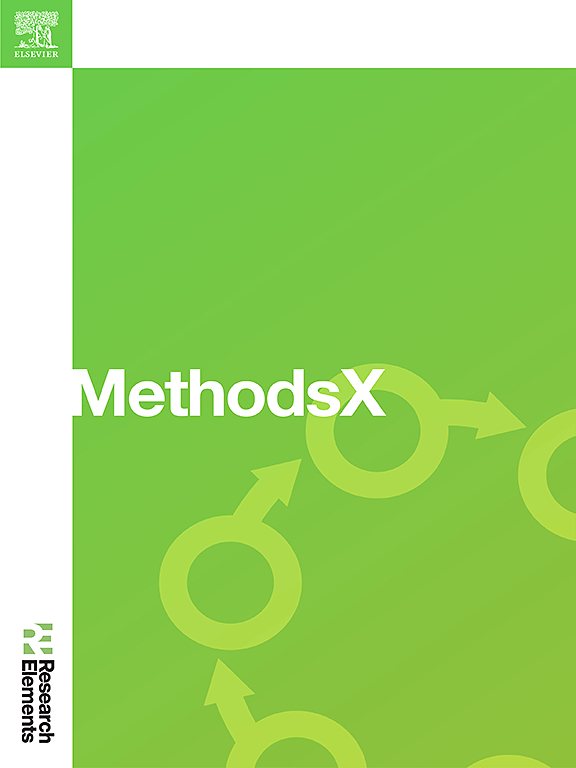Bayesian spatio-temporal conditional autoregressive localized modeling techniques for socioeconomic factors and stunting in Indonesia
IF 1.6
Q2 MULTIDISCIPLINARY SCIENCES
引用次数: 0
Abstract
Stunting remains a persistent public health issue in Indonesia, exhibiting significant spatial and temporal variation. To address this, we employed a hierarchical Bayesian spatio-temporal localized Conditional Autoregressive (CAR) model that includes a clustering component to identify risk factors and estimate relative risk (RR) across 34 provinces from 2020 to 2022. A total of 480 models were evaluated, encompassing three variants of the Bayesian spatio-temporal localized CAR model, 32 covariate combinations, and five hyperprior settings. Assuming a Poisson likelihood for stunting counts, the optimal model was estimated using Markov Chain Monte Carlo methods and included two covariates, namely the poverty rate and the incidence of low birth weight, with up to five spatial clusters. Higher poverty levels and increased prevalence of low birth weight were significantly associated with elevated stunting risk among children under five. Spatio-temporal clustering patterns and the estimated relative risks of stunting varied across Indonesian provinces from 2020 to 2022. Nusa Tenggara Timur consistently ranked among the top three provinces with the highest risk (RR = 2.421 in 2020; 2.384 in 2021; 2.676 in 2022). The highest risk was observed in Sulawesi Barat in 2022 (RR = 2.768), while DKI Jakarta consistently showed the lowest (RR = 0.004).
Some key points of the article are:
- •Bayesian spatio-temporal models facilitate the classification of distinct area groups
- •The models were employed to analyze stunting patterns in Indonesia.
- •The inclusion of covariates influenced the number of groups identified.

印度尼西亚社会经济因素与发育迟缓的贝叶斯时空条件自回归局部建模技术
在印度尼西亚,发育迟缓仍然是一个长期存在的公共卫生问题,表现出显著的时空差异。为了解决这个问题,我们采用了包含聚类成分的分层贝叶斯时空局部条件自回归(CAR)模型来识别2020年至2022年34个省份的风险因素并估计相对风险(RR)。共评估了480个模型,包括贝叶斯时空局域化CAR模型的3个变体、32个协变量组合和5个超先验设置。假设发育迟缓计数为泊松似然,采用马尔可夫链蒙特卡罗方法估计最优模型,并包含两个协变量,即贫困率和低出生体重发生率,最多有5个空间聚类。较高的贫困水平和低出生体重率的增加与五岁以下儿童发育迟缓风险的增加显著相关。从2020年到2022年,印度尼西亚各省发育迟缓的时空聚类模式和估计的相对风险有所不同。努沙登加拉-帖木儿一直是2020年风险最高的三个省份之一(RR = 2.421;2021年2.384;2022年为2.676)。2022年苏拉威西巴拉特的风险最高(RR = 2.768),雅加达DKI的风险最低(RR = 0.004)。本文的一些重点是:•贝叶斯时空模型有助于不同区域群的分类•该模型被用于分析印度尼西亚的发育迟缓模式。•协变量的纳入影响了确定的组数。
本文章由计算机程序翻译,如有差异,请以英文原文为准。
求助全文
约1分钟内获得全文
求助全文
来源期刊

MethodsX
Health Professions-Medical Laboratory Technology
CiteScore
3.60
自引率
5.30%
发文量
314
审稿时长
7 weeks
期刊介绍:
 求助内容:
求助内容: 应助结果提醒方式:
应助结果提醒方式:


